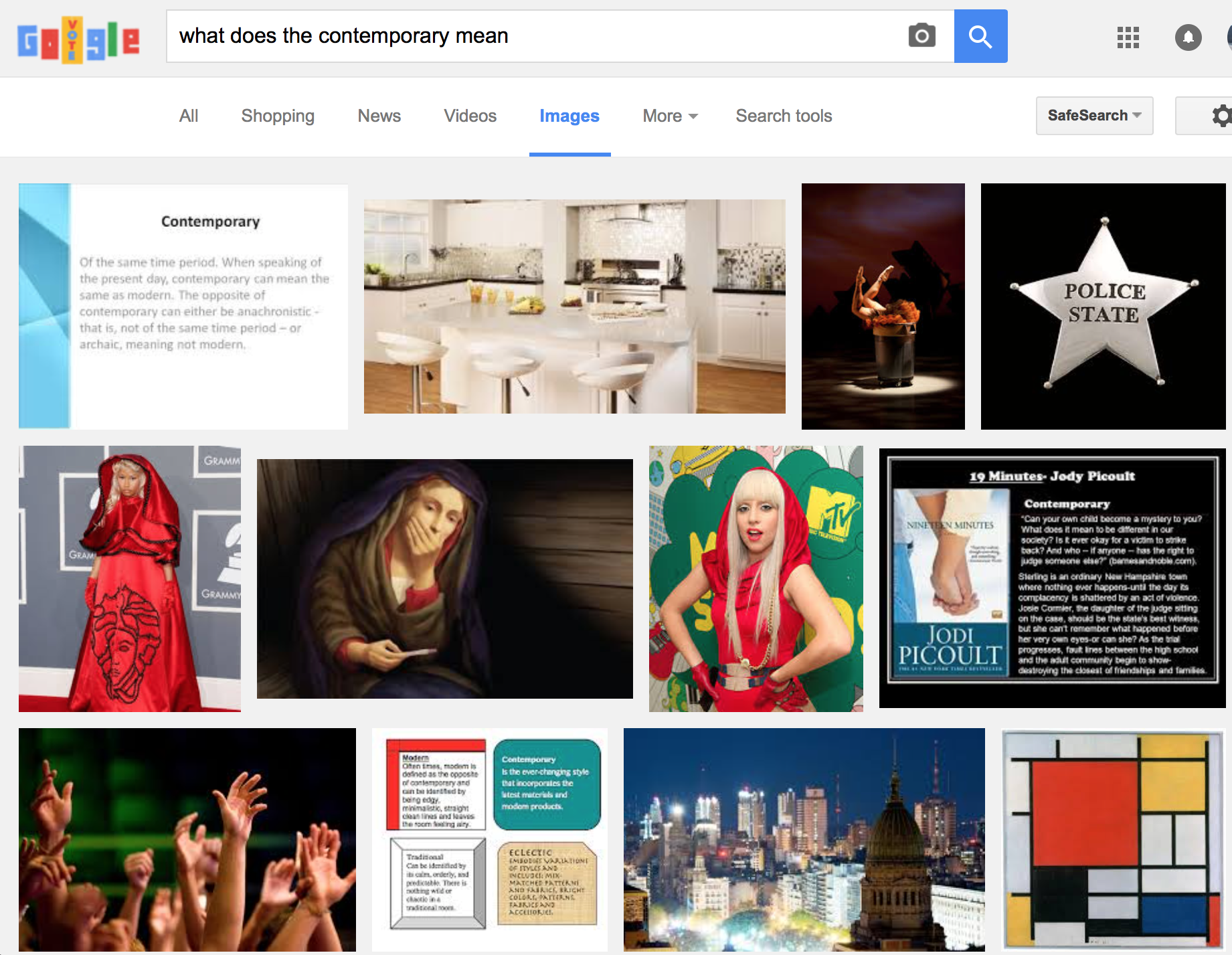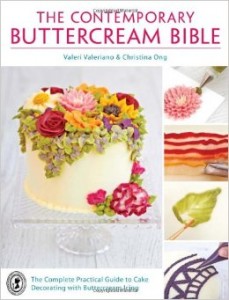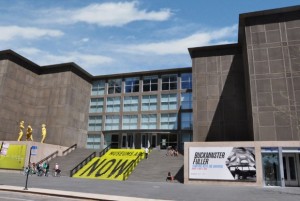Often when I tell people I’m applying to Ph.D. programs in contemporary art I get one of two responses. Either they say with vague congratulations, “Wow,” or the more pesky ones ask: “What’s the difference between contemporary and modern art?” Little do they know that with such a seemingly banal question they have just asked me to summarize and define the contemporary—a term that has been used so often and in so many different ways that it has started to lose any sense of concrete meaning.
For the sake of my own sanity, I often respond with the traditional answer: art from after 1945. Other times I use the more colloquial art historical categorization: art from the 1960s and beyond. And you know what? Almost unanimously after I give a date people stop asking me about it. They genuinely do not seem to care about the conceptual notion of “the contemporary” or how to define it. They just want a date, a chronological boundary.
I understand this impulse. A bookend date makes the realm of contemporary art seem more accessible and less overwhelming. A date makes the realm of contemporary art definable and, therefore, intellectually safe.
There are practical implications of defining the contemporary. Art history Ph.D. programs need to define the program specializations. Contemporary museums need to articulate their mission. It is a word in the english language and, therefore, is assumed to have meaning. When someone uses the word, it refers to something. Currently, there are many definitions of the contemporary that are vying for their spot at the top, elbowing each other and saying, “No, I AM the contemporary.”
To be frank, I’ve grown thoroughly tired of this discussion.
I’m going to assert for a seemingly poor solution to the debate of what the contemporary is, but I want you to stay with me. I think there is an actual answer to the question: What is the contemporary? And it is: Whatever we want it to be.
Ways to define the contemporary:
- Dates: simple, clean, logical, fits the Western impulse to periodize.
- A state of mind: ambiguous, creative, fits the desires of people who do not find satisfaction in nitty gritty pragmatics.
- Temporalities: intellectualizing, abstract, fits the impulse to leave wiggle room in order to do whatever one wants.
- Nothing: utterly unhelpful.
- And so on.
I’m sure there are other ways to define the contemporary. This is the point. In these glib definitions, I have aimed to add a touch of cynicism to these modes of defining the contemporary because if we get caught up in the utopian ideals of the contemporary, then we run the risk of losing sight of its function as AN ACTUAL WORD USED TO REFER TO ACTUAL THINGS.
Let’s consider three case studies.
The dictionary definition: The first definition under the OED’s entry for the contemporary is: “belonging to the same time, age, or period; living, existing, or occurring together in time.” This definition falls back on contemporary as referring to something temporal; it is not clearly concerned with art and art history. To be contemporary is to co-exist amongst other things at the same chronological time. But, how do we define “the same time?” Same year? Same decade? Same “state of mind?” As you can tell, this task gets more complicated as we try to dig a little deeper.
The museum: Under its “Vision and Mission” statement the MCA defines its realm of art, as a contemporary museum, as “the works of living artists.” This definition is surprisingly practical. To be contemporary is to be alive right now. However, here is a thought exercise to consider: What if the artist dies during the exhibition. Is the art torn from the walls? I’d assume not. In other words, does death mark an artist as no longer contemporary? Is the “contemporaneity” of art determined by artists? Again, the definition starts to break down after some prodding.
Are museums NOW?
The academic: In Radical Museology, or, What’s ‘contemporary’ in museums of contemporary art?, Claire Bishop’s argument about what “the contemporary” means is multifaceted. However, it ultimately takes an amorphous or ideological approach to the term. Bishop writes, “The contemporary becomes less a question of periodization or discourse than a method or practice, potentially applicable to all historical periods.” This approach skirts the difficulties of defining the contemporary. It eschews dates and chronology. It instead puts forth a way of doing contemporary. So, when I’m applying to graduate school should I say that I’m interested not in studying contemporary art, but rather in doing the contemporary? How far will that get me? Most importantly, how is this different than what academics (specifically in the humanities) do all the time: make history relevant?
Each definition is valid within a certain set of parameters, but not necessarily applicable to other situations. The MCA’s definition of the contemporary suits its mission, but does not necessarily suit the OED’s dictionary definition or Bishop’s conceptualization. In applying to graduate school, I have a range of possible definitions to use.
Ultimately, these definitions make clear that the contemporary is not beholden to any master. It does not have to be chronological, tied to artists, or defined by a method. It could be all three, two out of the three, one out of the three, or none of the above. It ultimately has become so used and overused that the term has lost a singular meaning. Rather it opens itself up to the appropriation towards any means deemed worthy, by dictionaries, by institutions, by academics or anyone else.
So, ultimately, how do I define the contemporary? Day to day, I think of it as post-1945, occasionally I’m beholden to the 1960s+ categorization. Other days, I wander to the abstract territory of academia, wading into the pools of “method” and “practice.” On a random Thursday, it means nothing at all.
What’s the contemporary? It’s whatever I want it to be. The word is used to refer to many different things, thus the definition of the term depends absolutely on the context in which it is used. The contemporary curatorial “method” is different than the Ph.D. specialization. They both rely on the sounds that make up “contemporary,” but their meanings are distinct.
I think all the confusion and debate about this word has actually arisen from the overlooking of a very fundamental linguistic and sociological truth: the “contemporary” does not have a meaning until we place it in a context. So, in the end, we have to be able to sit with the multiplicity of the “contemporary.” We must lay down our arms in intellectual battle and accept unanimous defeat. No one will come up with a universal definition.
In other words, the “contemporary” means nothing and many things.
I beg:
Can we move on?
—




858 Comments
나는 모든 것을 확실히 즐기고 있습니다. 훌륭한 웹 사이트이자 좋은 공유입니다. 감사합니다. 잘 했어! 여러분은 훌륭한 블로그를 만들고 훌륭한 콘텐츠를 가지고 있습니다. 좋은 일을 계속하십시오. 토토사이트
I have to convey my respect for your kindness for all those that require guidance on this one field. Your special commitment to passing the solution up and down has been incredibly functional and has continually empowered most people just like me to achieve their dreams. Your amazing insightful information entails much to me and especially to my peers. Thanks a ton; from all of us. acim
Thank you, I’ve just been searching for information about this topic for a while and yours is the greatest I’ve discovered till now. But, what in regards to the conclusion? Are you sure concerning the supply? bandar slot gacor
Hi there! Nice stuff, do keep me posted when you post again something like this! slot gacor
I do not harbor which i couldn’t eliminate other individuals’ errors when it come to. Notion Competitors 2024
The when I just read a blog, I’m hoping that this doesnt disappoint me approximately this one. Get real, Yes, it was my method to read, but When i thought youd have something interesting to state. All I hear is a number of whining about something that you could fix should you werent too busy trying to find attention. Robopragma Slot